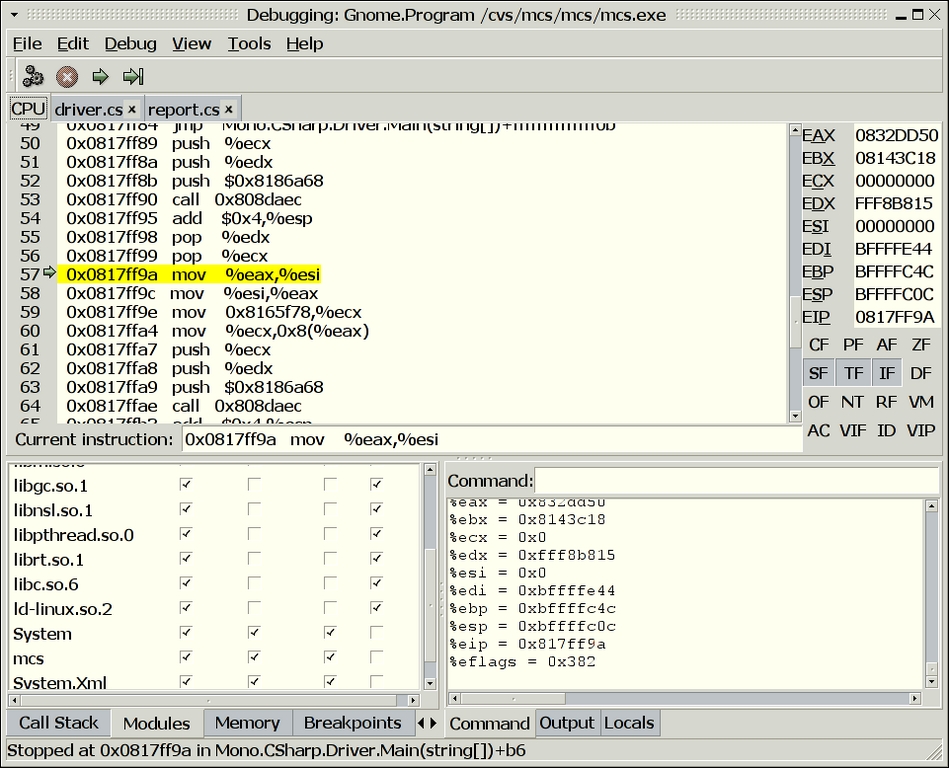
- #Journaly linux how to#
- #Journaly linux install#
- #Journaly linux registration#
- #Journaly linux free#
#Journaly linux registration#
Doing this is optional, if you do not share your email address the certificate registration will still complete normally. When you run this command you will be asked if you want to share the email address with Let’s Encrypt so they can email you news and other information about their work. This must match the system where you run it.
#Journaly linux install#
You only need to change the hostname to match the host where you are running the registration command.įirst, install certbot and the curl utility on both hosts: The registration process here is the same on the client and server.


It will also automatically take care of renewing the certificates when they expire. In this step, you will install the certbot utility and use it to register the certificates. The process of registering the certificate is the same no matter what you use them for. The same certificates can be used by any other application that wants the same level of security. These certificates are what allow you to secure your internet browsing with HTTPS. These certificates allow computers to both encrypt the data that they send between them and also verify each other’s identity.
#Journaly linux free#
Let’s Encrypt is a Certificate Authority that issues free TLS certificates. Step 2 - Installing Certbot and Registering Certificates Before you can configure these components to start relaying log messages you will register the Let’s Encrypt TLS certificates for the client and server using the certbot utility. You have now installed the required components and completed the base system configuration on the client and server. Log in to both the client and server in separate terminals via SSH as the non-root sudo user to begin this tutorial. server.your_domain: The log collection server.client.your_domain: The client system that generates the logs.This guide will use the following two example hostnames:
#Journaly linux how to#
Learn how to point hostnames to DigitalOcean Droplets by consulting the Domains and DNS documentation. One hostname for the client system that generates the logs and another one for the log collection server.

Prerequisitesīefore you begin this guide you’ll need the following: You will configure the server and client to use TLS certificates to encrypt the log messages as they are transmitted across insecure networks such as the internet and also to authenticate each other. In this guide, you will configure a component of the systemd suite of tools to relay log messages from client systems to a centralized log collection server. Systems administrators can access the logs for all their systems that they may not be able to log in to directly for security reasons.Advanced log analysis can be carried out that requires logs from multiple systems and also more compute resources than may be available on the hosts.Logs can be retained for longer as the dedicated log server can be configured with more storage capacity.Reduces the amount of disk space needed on each host to store log files.The solution to managing all these logs is to create a centralized logging server where each Linux host sends its logs, in real-time, to a dedicated log management server.Ī centralized logging solution offers several benefits compared with storing logs on each host: This works for standalone systems but quickly becomes a problem as the number of systems increases. The standard configuration for Linux systems is to store their logs locally on the same system where they occurred. They provide an invaluable insight into how the systems are working and also how they are being used because, in addition to errors, they record operational information such as security events. System logs are an extremely important component of managing Linux systems. The author selected the Free and Open Source Fund to receive a donation as part of the Write for DOnations program.


 0 kommentar(er)
0 kommentar(er)
